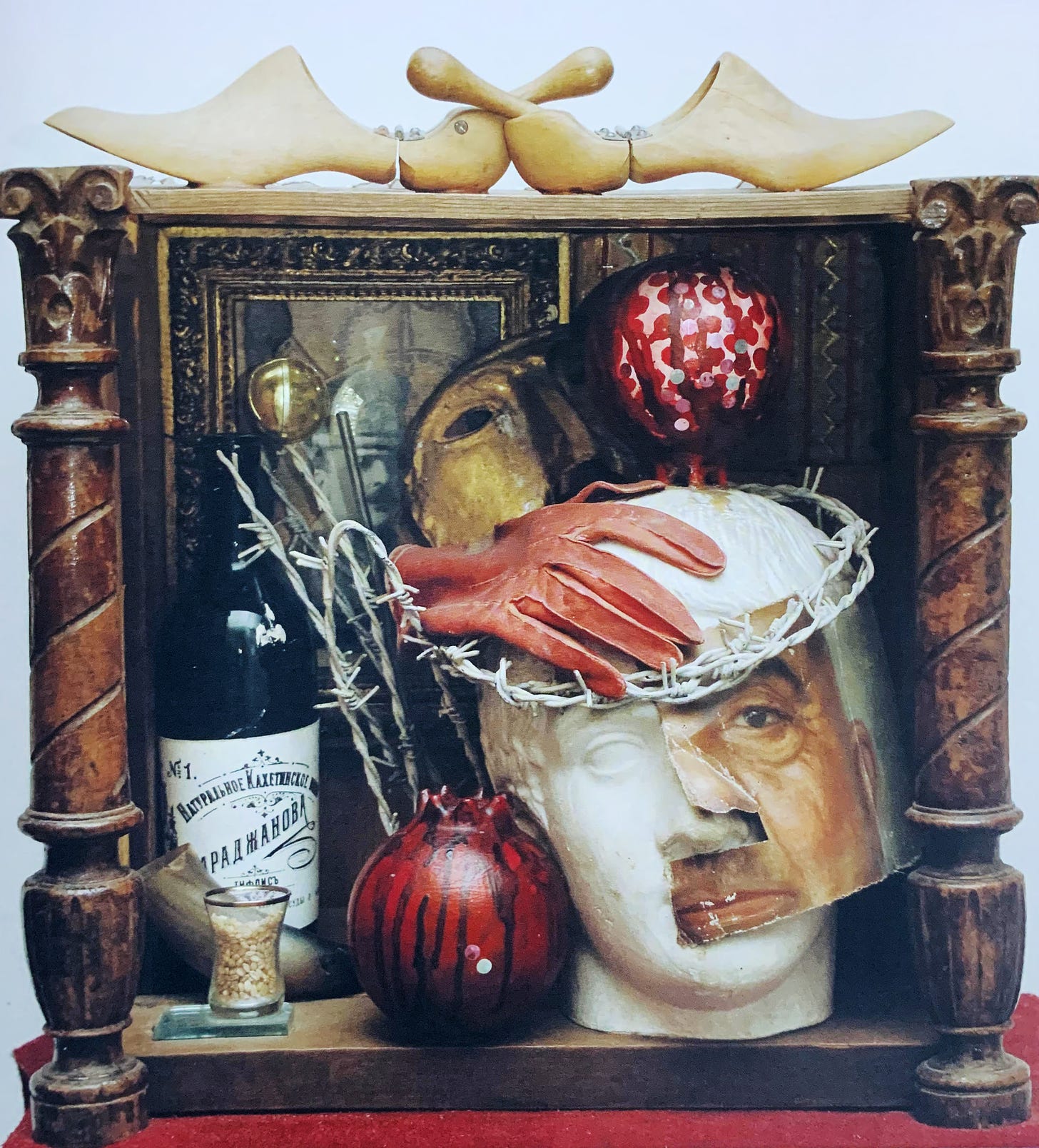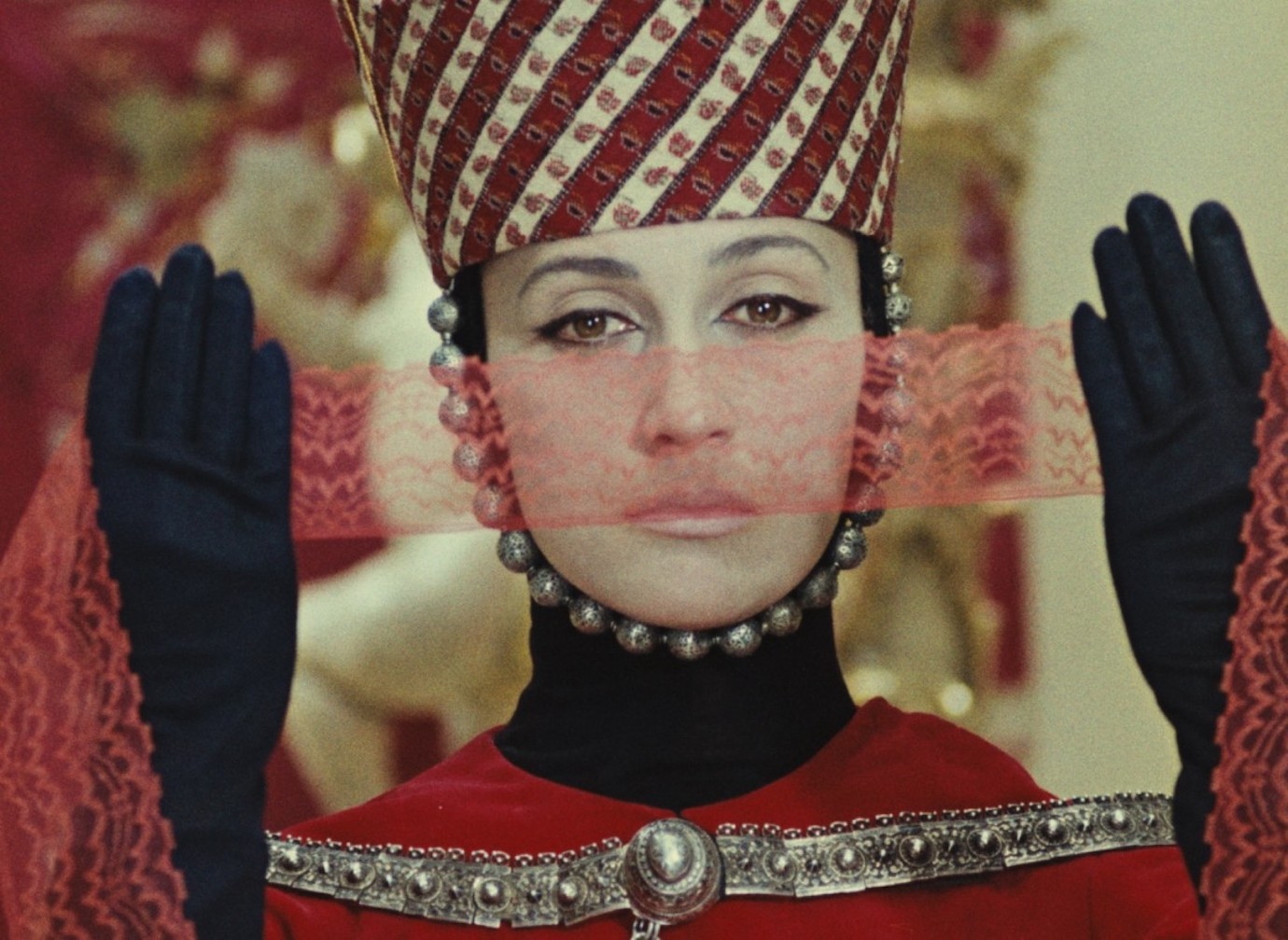
Art for Memory and Dissent: Parajanov and Armenian Art
My Journey through Pomegranates and Resistance in Yerevan
During a recent trip to Armenia, specifically the city of Yerevan and its surroundings, I was struck by the vibrant and diverse art scene that the country has to offer. From traditional to contemporary art, Armenian artists have always used their creativity to express their views on society, politics, and culture. In fact, art has been a powerful weapon of resistance and remembrance in Armenian history.
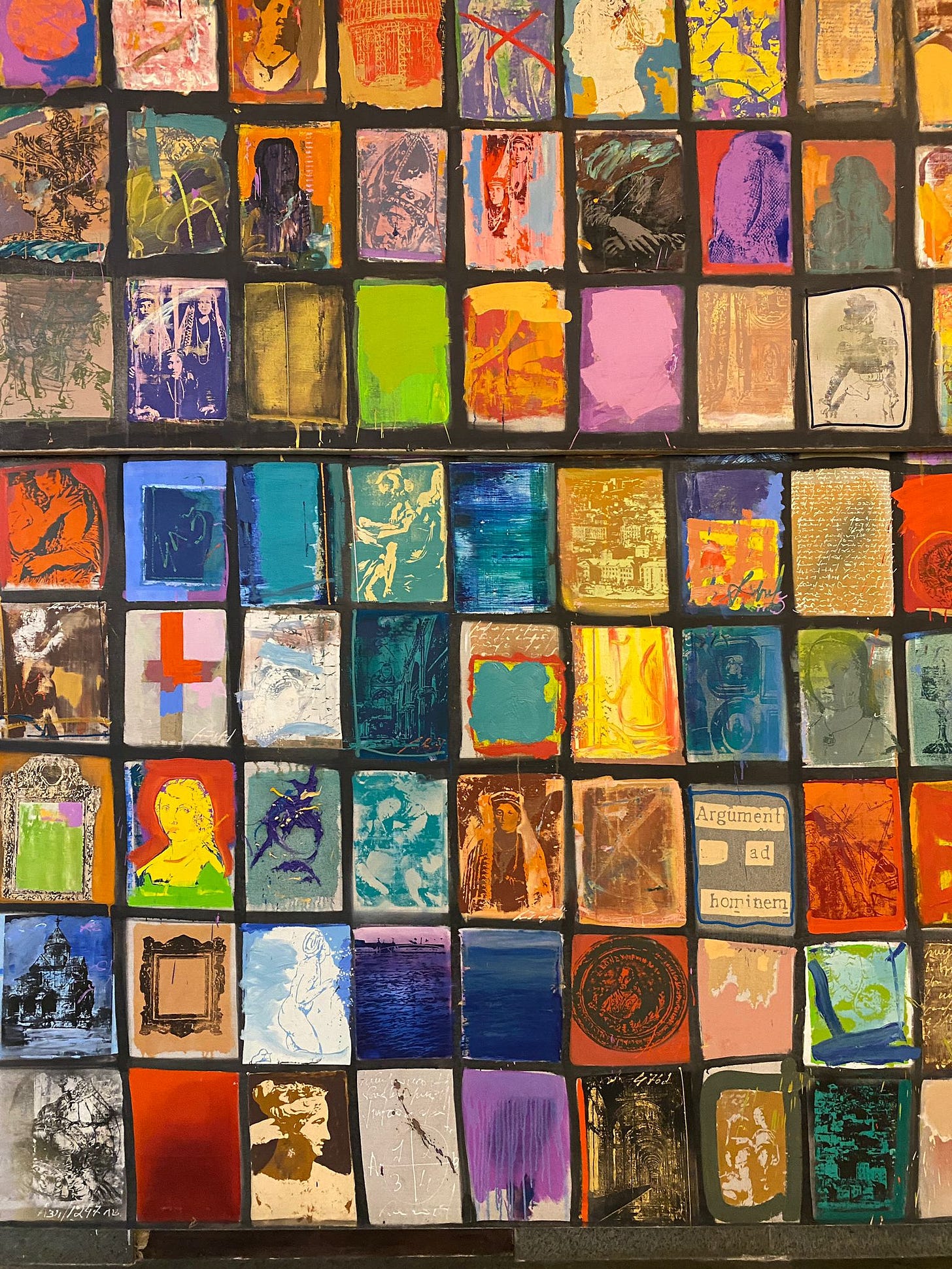
The Oppression and Resistance
Armenian artists have a long history of using their work to express their opposition to oppressive regimes. During the Soviet era, many Armenian artists used their art to convey messages of dissent against the government’s policies. Armenia is a country rich in culture and history, and art seemed to carry this historical baggage, serving as a testimony, a memory, and a hope for rebirth. Recurring themes in Armenian art include the Nagorno-Karabakh conflict and, of course, the Armenian Genocide of 1915, which inevitably left its mark on the population.
One thing that particularly struck me during my visit was the frequent depiction of relatives and ancestors in Armenian art. I was told that many Armenians, if not all, can trace their family trees back to their most ancient ancestors. This tradition converges with art, becoming a vehicle for preserving not just a family’s memory but that of an entire people.
Modern Art Museum of Yerevan
One of the most interesting places I visited in Yerevan was The Modern Art Museum of Yerevan (MAMY), the first of its kind in the former Soviet Union, opened in 1972 by Henrik Igityan. It was created by artists who originated from Armenia and the Armenian Diaspora, and many of them donated their works to this museum. The main exhibits of the museum are the works of Minas Avetisyan, Martin Petrosyan, Hakob Hakboyan, Harutyun Lakents, Rudolph Khachatryan, Vruyr Galstyan, Gayane Khachatryan, Ashot Hovhannisyan, and many others.
During my trip, I discovered that Yerevan and this museum have an intimate relationship with many Italian artists, including poet, writer, and screenwriter Tonino Guerra, film directors Michelangelo Antonioni and Federico Fellini, and painter Renato Guttuso.
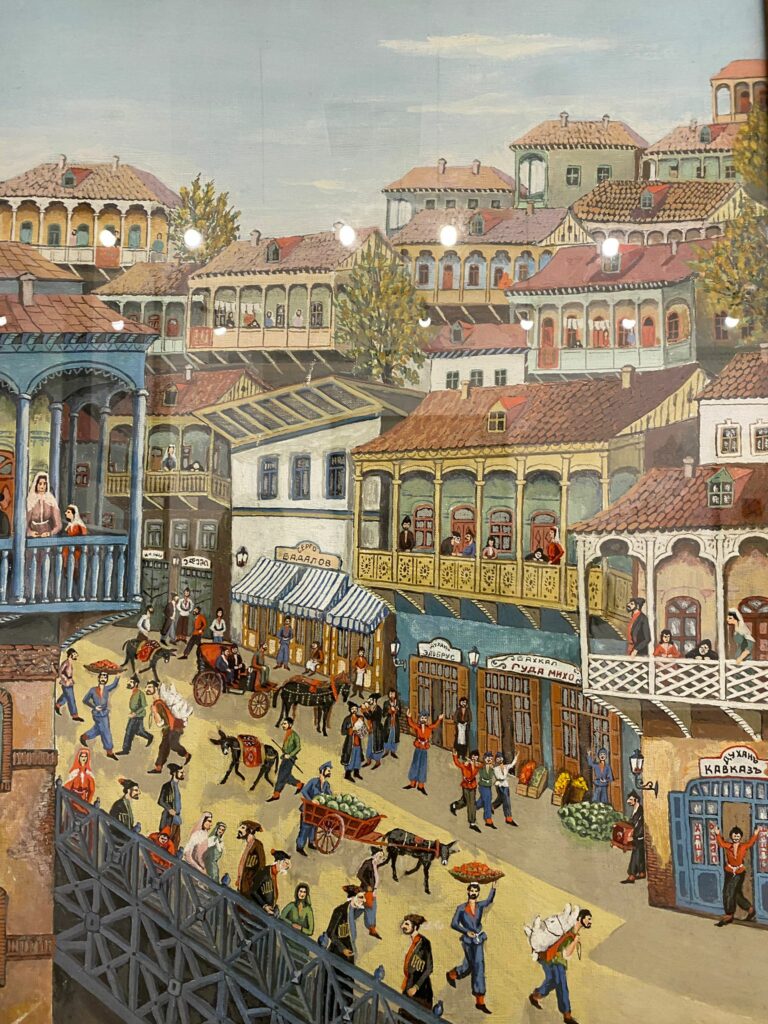
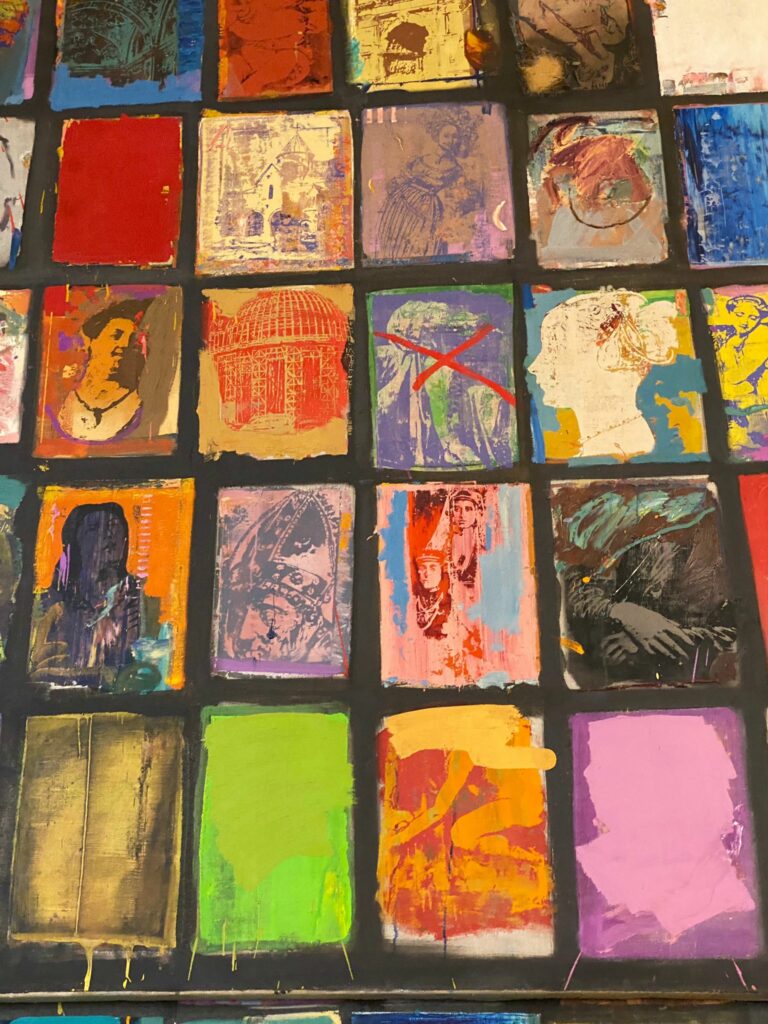
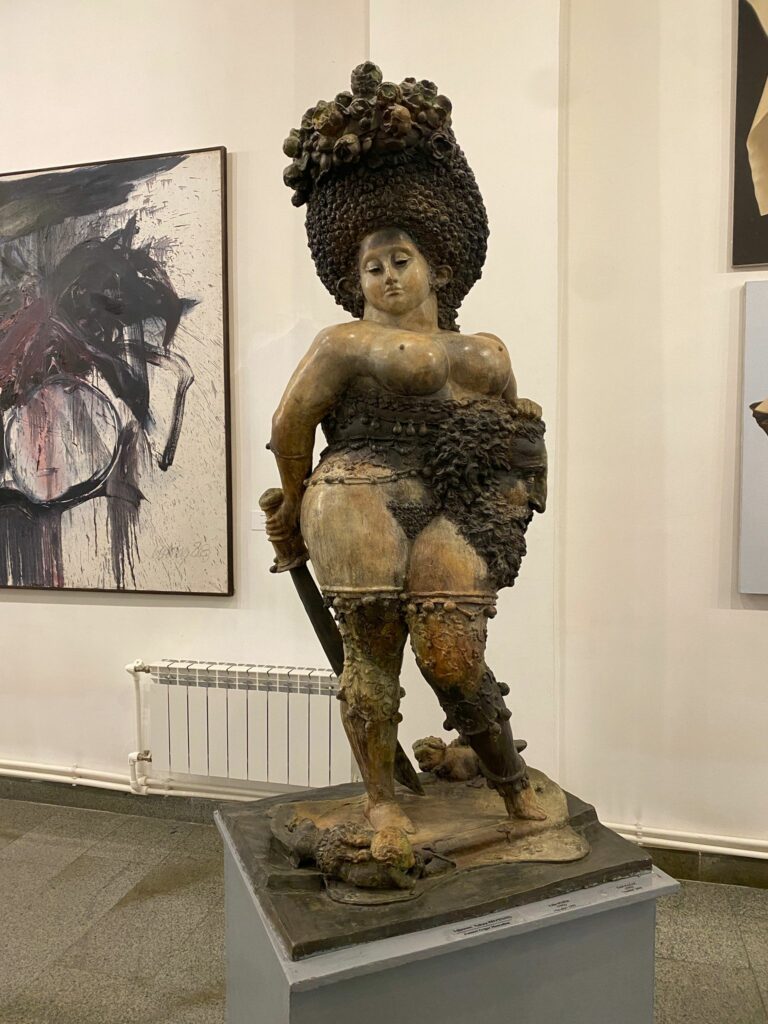
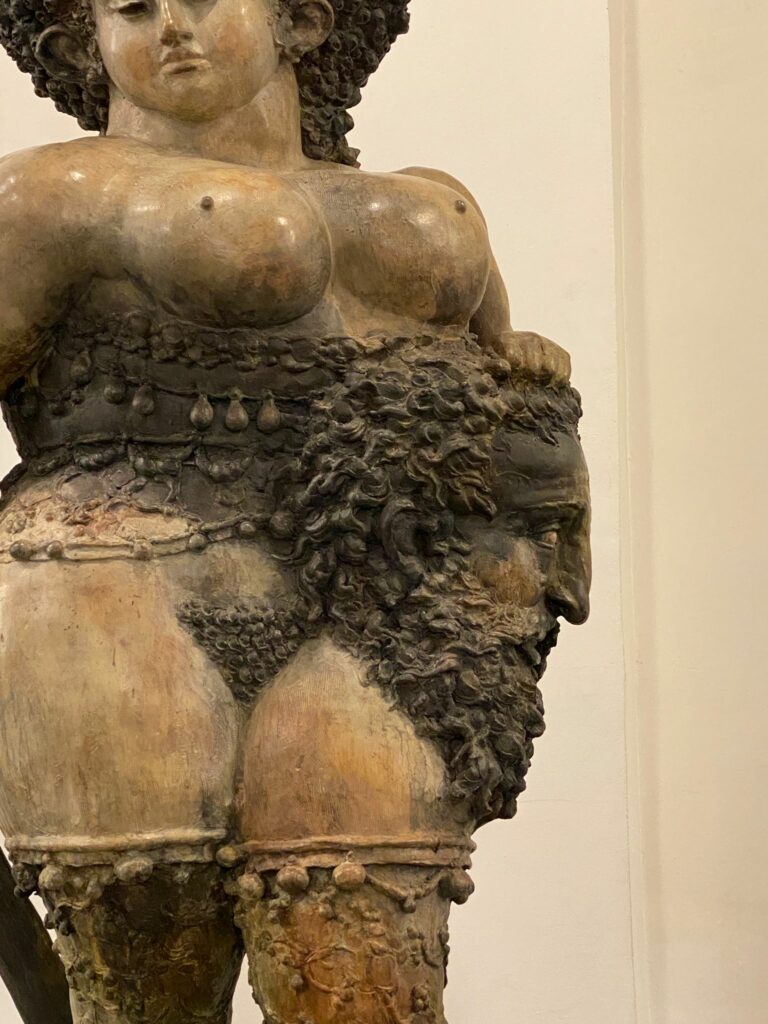

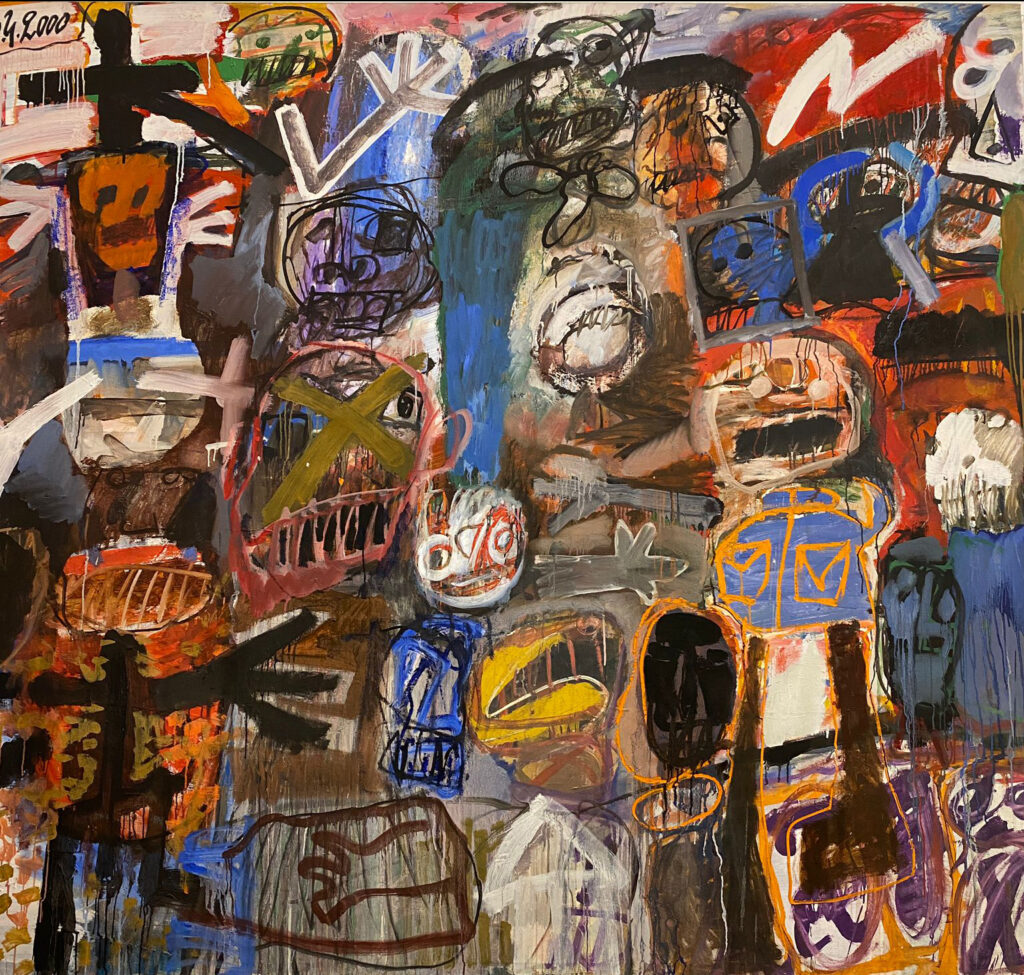
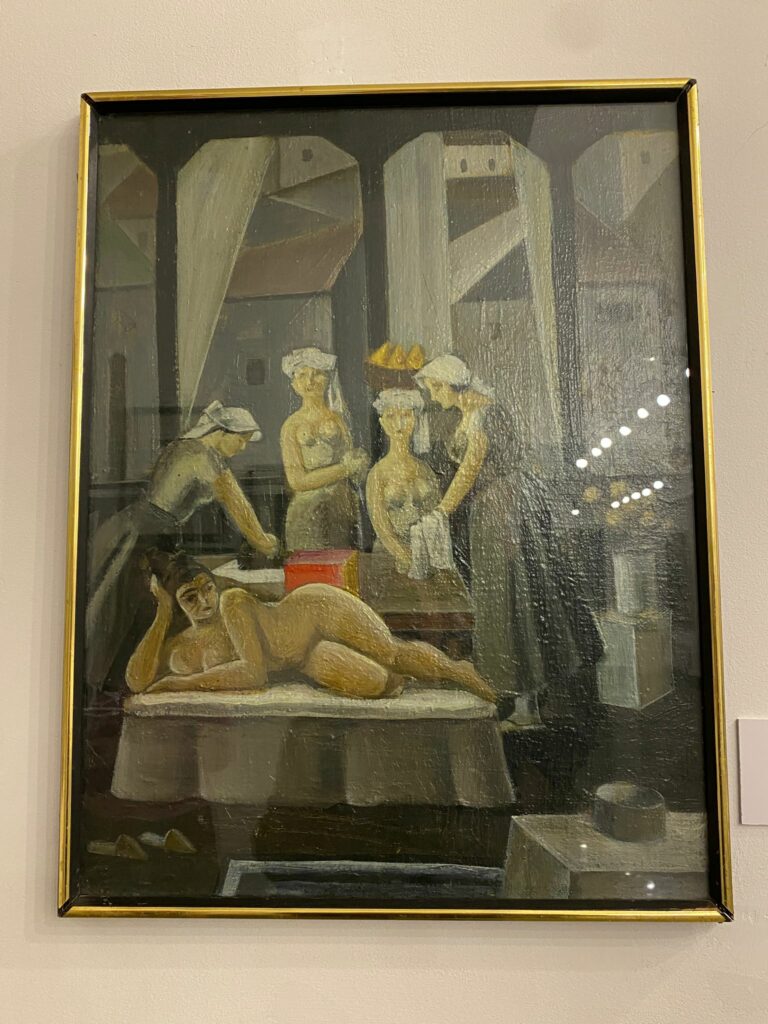
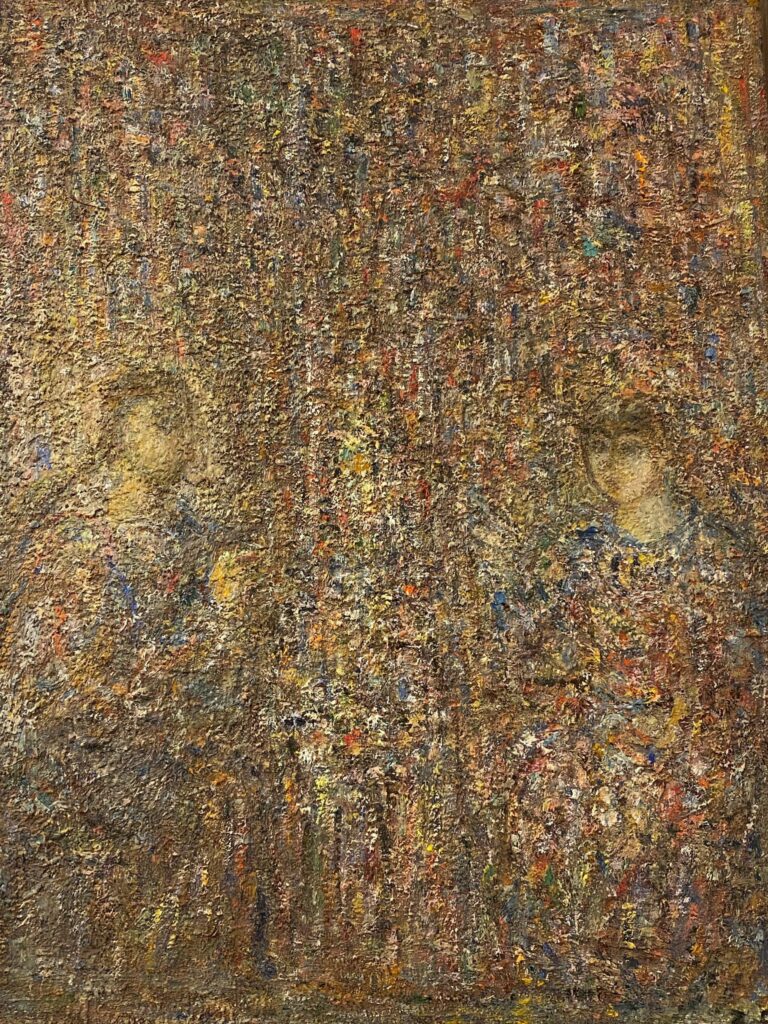
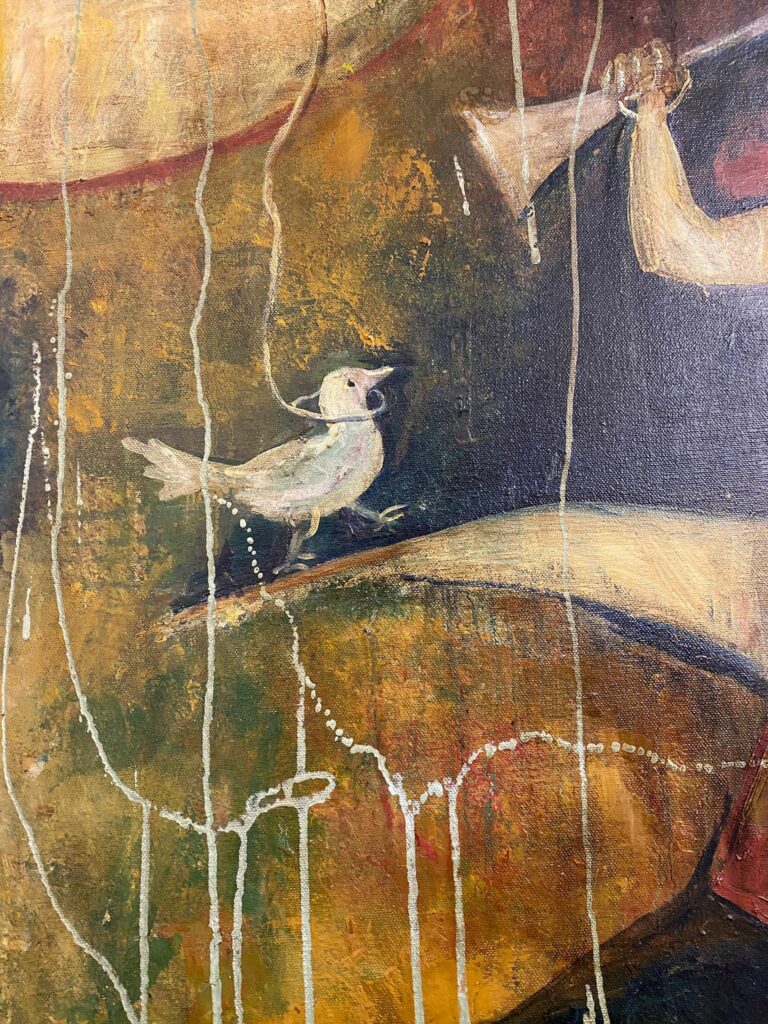
The Color of Pomegranates
However, the highlight of my trip was definitely the Sergei Parajanov Museum. Sergei Parajanov was a Soviet Armenian filmmaker and artist, widely recognized for his unique and distinctive visual style. His films and artworks were deeply rooted in Armenian culture, folklore, and history.
Parajanov’s films, such as “The Color of Pomegranates” and “Shadows of Forgotten Ancestors,” were known for their unconventional narrative structures and stunning visuals, which often incorporated traditional Armenian art and music. Parajanov used his films to express his personal vision and to challenge the Soviet authorities’ censorship and repression of artistic expression. His artistic output was deeply influenced by his experiences as an Armenian living under Soviet rule. His works are rich with memories and traditions of his people, who had suffered centuries of oppression and persecution.
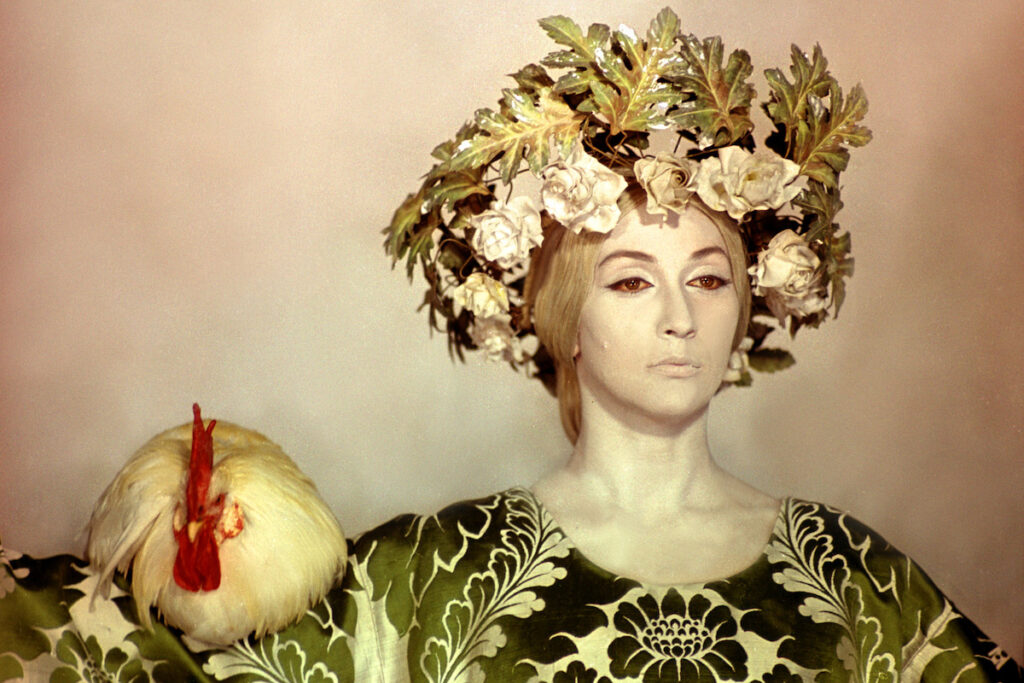
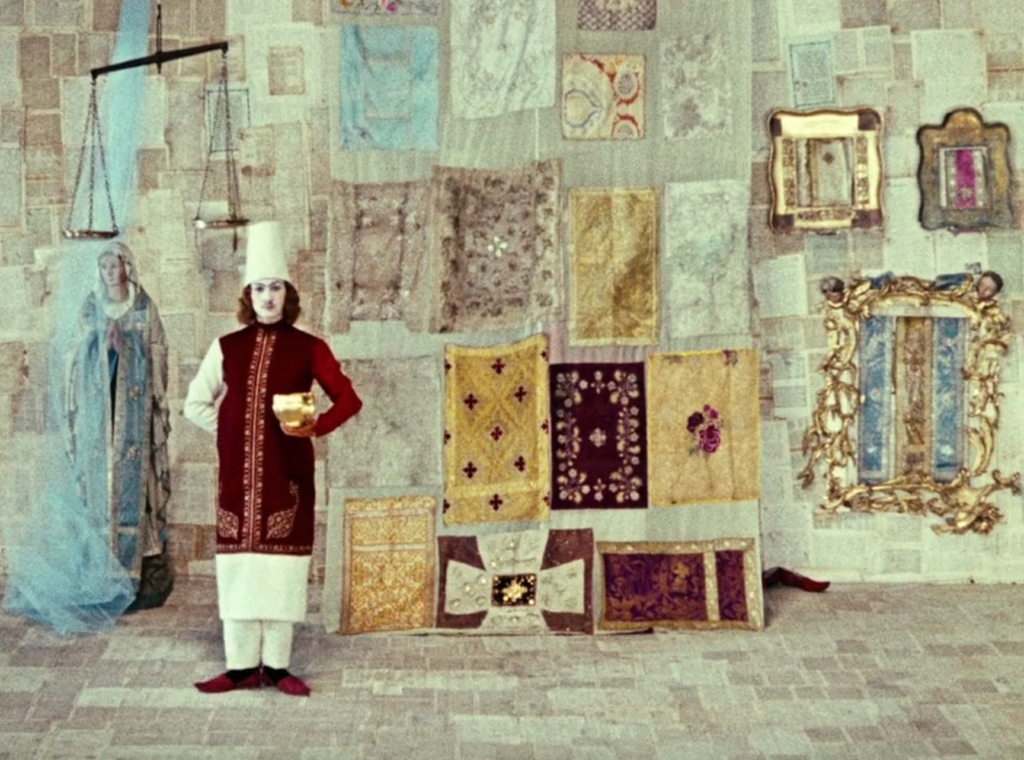
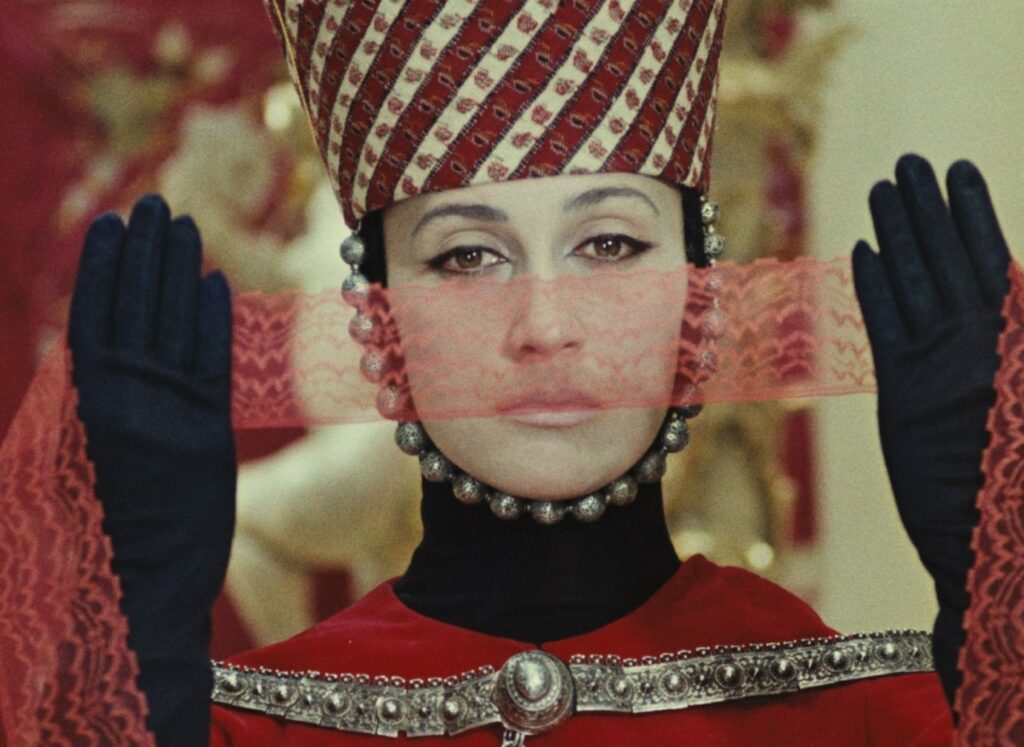
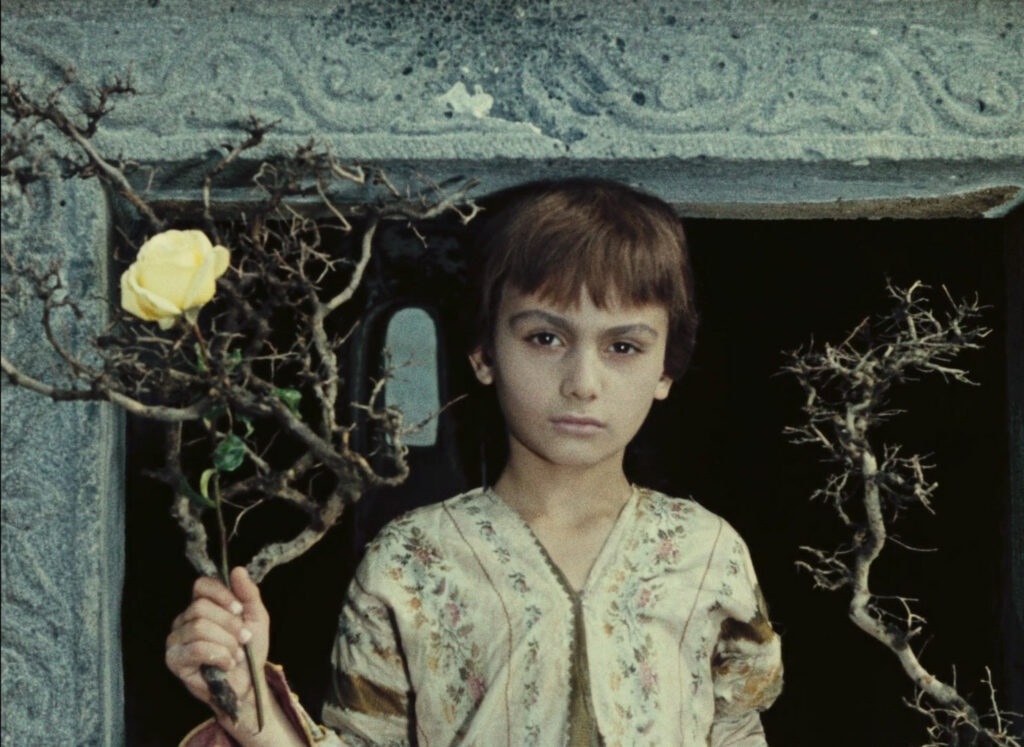
Parajanov was also a visual artist, and his works included collages, assemblages, and installations that often incorporated traditional Armenian crafts such as embroidery and weaving. I was amazed by the incredible amount of pieces showcased in the museum. His hyper-production between mania and absolute genius was evident in his ability to create art from any object, from a friend’s set of plates to a collection of portraits drawn in pen on matchboxes (Prison Stamp) and engraved coins made on aluminum foil caps (Thalers) engraved with his nails during his imprisonment for the crime of homosexuality.
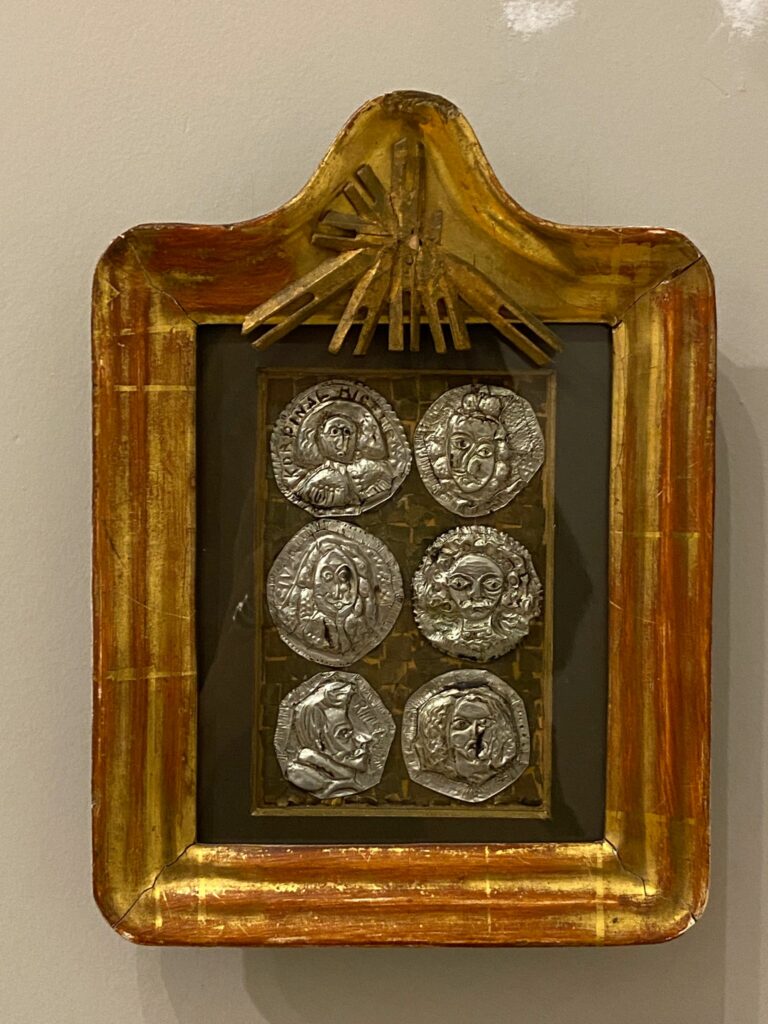
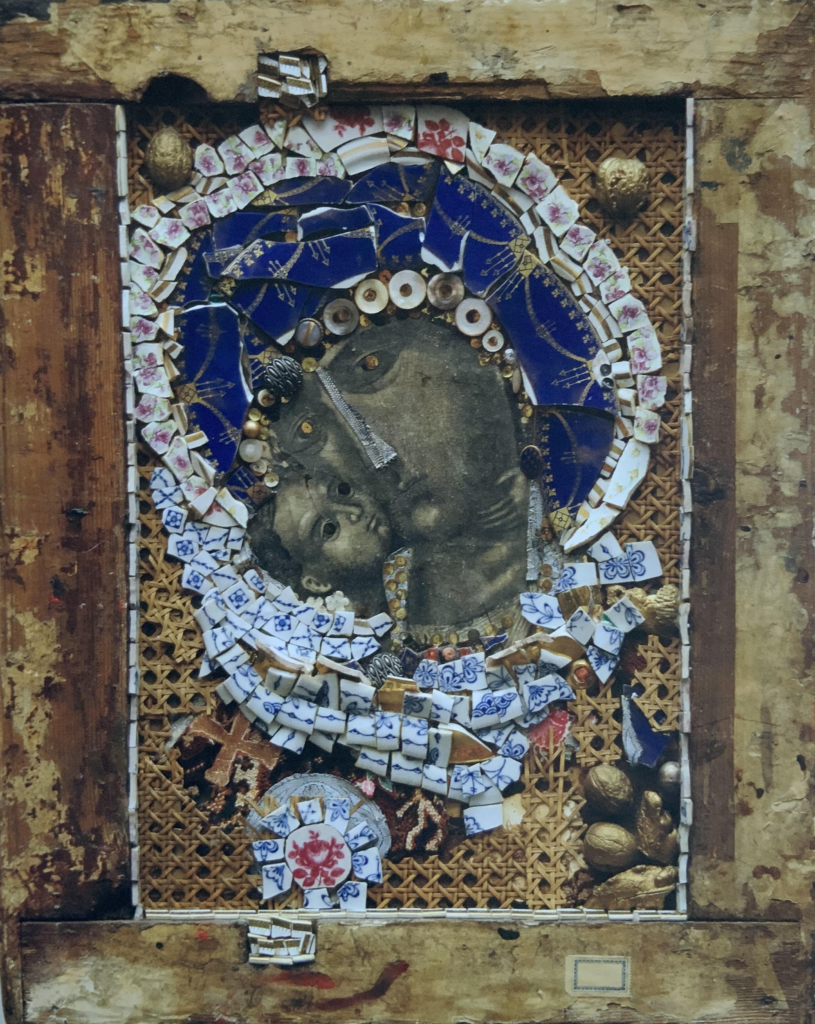
In Parajanov’s works, each piece summarized a moment, an emotion, or a memory preserved indelibly. Despite the numerous obstacles that attempted to censor his freedom, Parajanov managed to express himself in every way and with every medium, imbuing all his works with a profound meaning. He was able to create 14 feature films and several short films. His legacy inspires artists and filmmakers around the world as a testament to the power of art to challenge injustice and celebrate cultural heritage.
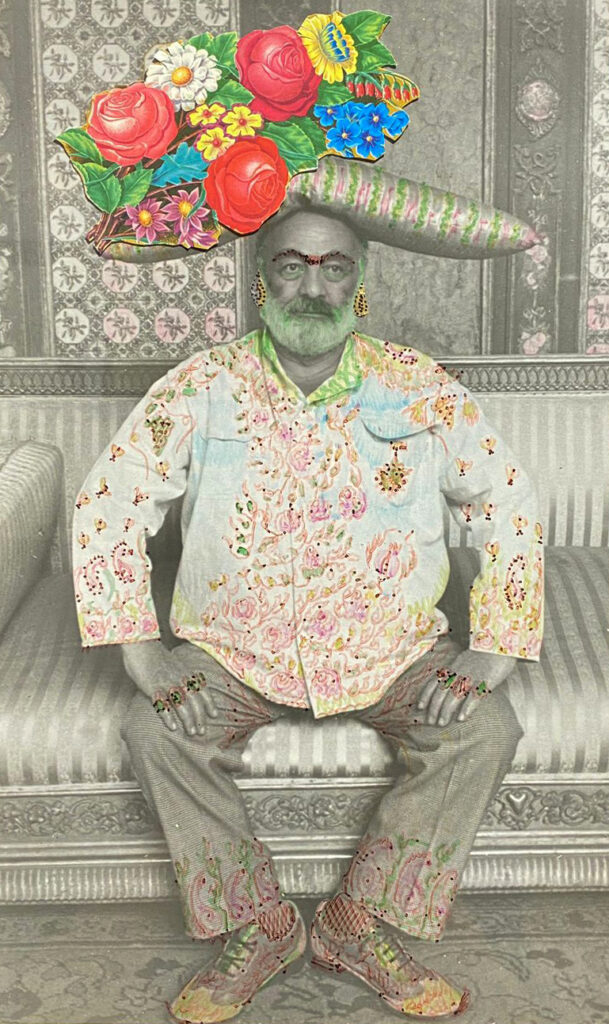
Discovering Armenia has been an eye-opening experience for me, I hope this article has inspired you. I cannot forget to mention the amazing cuisine we indulged in during the visit. Yerevan’s food scene is a true delight for the taste buds. Perhaps I will write another article exploring Armenian and Caucasian food!
Lastly, I would like to express my gratitude to my dear Mila, Kristina, and Patima for their invaluable guidance during the trip. Without them, I would not have been able to discover such beauty and richness, thank you!

